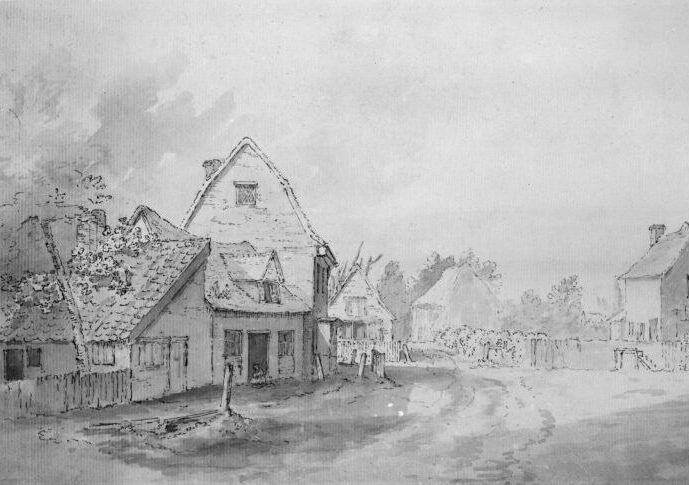Brief history of East Bergholt
Welcome to East Bergholt, home of John Constable and hosts a staggering 180 plus Constable painting locations and has 100 plus listed buildings, so an historical and beautiful location for a stay in Suffolk.
East Bergholt | The History
Welcome to East Bergholt, home of John Constable and hosts a staggering 180 plus Constable painting locations and has 100 plus listed buildings, so an historical and beautiful location for a stay in Suffolk.
East Bergholt lies on the east bank of the River Stour, an area that has become known as ‘Constable Country’ and is one of the largest villages in the Stour Valley (population 2000+)
With a high number of large and elegant houses, many built by wool merchants between the 13th and 16th Centuries including Tudor Halls, houses of Georgian brick, black and white timber cottages and a number of buildings of historical importance including:
Flatford Mill
A grade 1 listed watermill owned at one time by the artist John Constables father and is noted as the location of many of Constable works including his most famous ‘The Haywain’
The mill is located downstream from Bridge Cottage, and the neighbouring Valley Farm and Willy Lott’s House, all now part of the National Trust Estate and just a 5-minute walk down the hill from Constable Holiday Lodges.
St Mary’s Church & Bell Cage
The Church was begun around 1350 with the Bell Tower following in 1525, however work ceased in 1530 with the downfall of Cardinal Wolsey, and the Bell Cage was erected as a temporary measure in 1531 and still houses the bells to this day.
Old Hall
Originally owned by Norman knights and wealthy Earls, the Old Hall Estate dates back to the 14th Century and has in its time served as a Principle Manor of the village (rebuilt again in the early 1700’s), a Benedictine Abbey of St Marys, a transit camp for medical and service Corps in WW2, a Franciscan Friary and since 1972 home of the Old Hall Community.
Stour House
Purchased in 1954 by Randolph Churchill (son of Winston) who renamed ‘Stour’ (previously West Lodge) and who affixed a plaque quoting Constable, ‘I am come to a determination to make no idle visits this summer, nor give up any time to commonplace people. I shall return to Bergholt’
There are many stories from Randolph’s time at Stour House, his eccentric personality kept his team on their toes. Randolph, twice married and father of two, his son Winston and daughter Arabella, died at his home, Stour, on 6th June 1968
The Lodges are also a perfect location for bird watchers with Cattawade Marshes on your doorstep, a 88.2 hectare site of special scientific interest between East Bergholt and Manningtree, managed by the RSPB. A wetland of international importance and part of the Stour and Orwell Special Protection Area, and the Dedham Vale Area of Outstanding Natural Beauty. Although there is no public access, the site can be viewed from the public footpath on the south side of the river (between Flatford and the White Bridge at Brantham)
For more detailed information on local history in East Bergholt and Flatford along with an interactive map of the village centre, with John Constable painting sites, points of history, stories of note, conservation and all the main facilities in the village then do check out EAST BERGHOLT SOCIETY website, a must for your visit here to Constable Holiday Lodges

